Trópico playlist

Source: www.behance.net JOZÁ. License: All Rights Reserved.

This is a fictional project developed as part of the course Decoding Identities, offered by the design school Aprender Design and taught by Giulia Fagundes. The assignment challenged students to create a visual identity for a Spotify playlist centered around Brazilian popular music (MPB), a genre shaped by cultural diversity, resistance, and aesthetic reinvention.
The research was carried out collectively, allowing for a deep group exploration of MPB’s symbolic and sonic layers. Based on this shared foundation, designer and visual artist JOZÁ created an individual proposal as one of the possible graphic interpretations of the theme.
The playlist Trópico invites a new perspective on MPB, emphasizing textures, silences, and voices that have shaped the genre away from dominant narratives. Rather than evoking nostalgia, the project embraces a hopeful rediscovery of the names and sounds that have always been present.
Conceptually, the project reflects on the origins of MPB, a genre that emerged in the 1960s during Brazil’s military dictatorship. MPB blended the sophistication of samba with regional identities from across the country, forming a national cultural symbol rooted in samba-jazz-bossa. Trópico aims to realign this perspective and highlight lesser-known paths within that legacy.
The graphic language draws a parallel between the three generations of MPB and the Earth’s tropical divisions. Using circular and geoid shapes, along with cartographic references, the visuals evoke trajectory, geography, and new ways of listening. Photographic elements focus on the artists’ eyes, reinforcing the idea of gaze and perceptual shift.
One of the key visual choices was the use of the Biko typeface, a geometric sans serif with strong visual weight, named after South African activist Steve Biko. For this project, JOZÁ chose to manually enhance the font’s thickness to develop a custom title composition for Trópico.
This typographic treatment aimed to echo the bold, clean design present in album covers from the Bossa Nova era, blending modernist aesthetics with a sense of rhythm and visual harmony. The result is a visual signature that reinforces both the historical resonance and contemporary reinterpretation proposed by the project.
Design, case design, concept and art direction: JOZÁ
Research team: Alifa Maria, Amanda Almeida, Jhon Oliveira, JOZÁ and Xis Ataides
Teacher: Giulia Fagundes
Guests: Brenda Akekid and Gustavo Grecco

Source: www.behance.net JOZÁ. License: All Rights Reserved.
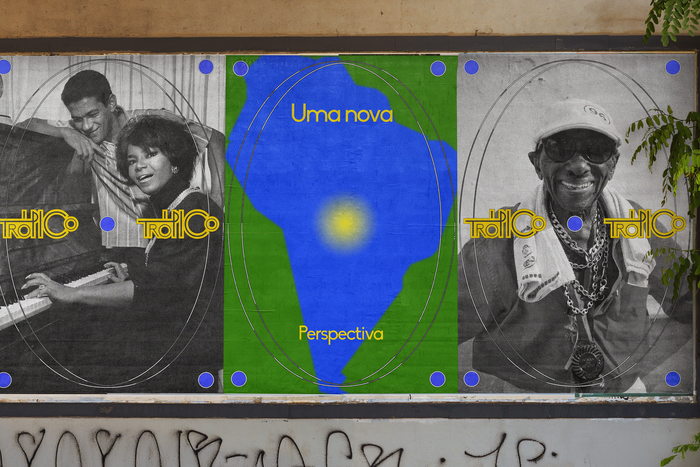
Source: www.behance.net JOZÁ. License: All Rights Reserved.
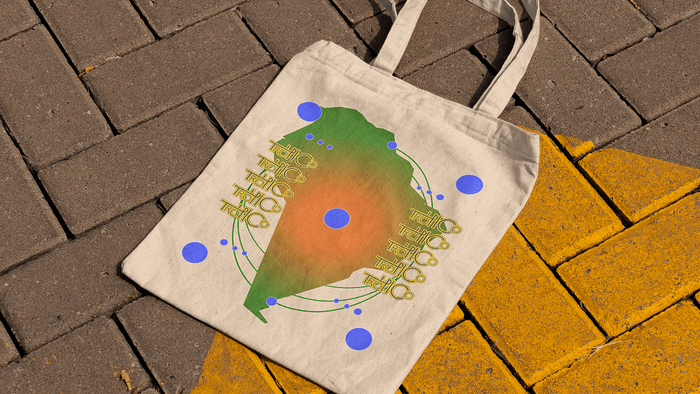
Source: www.behance.net JOZÁ. License: All Rights Reserved.
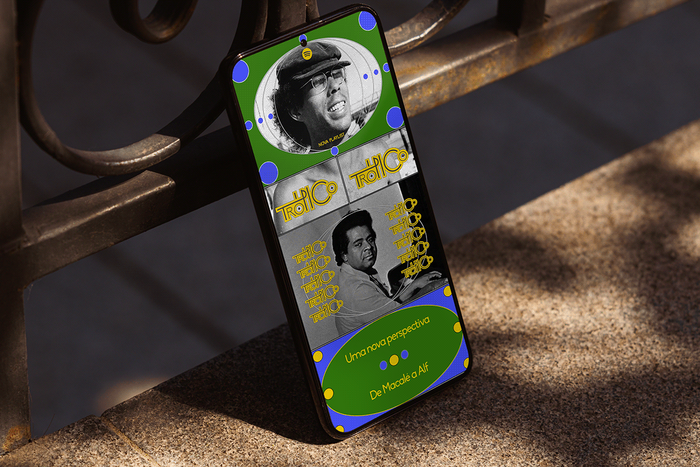
Source: www.behance.net JOZÁ. License: All Rights Reserved.
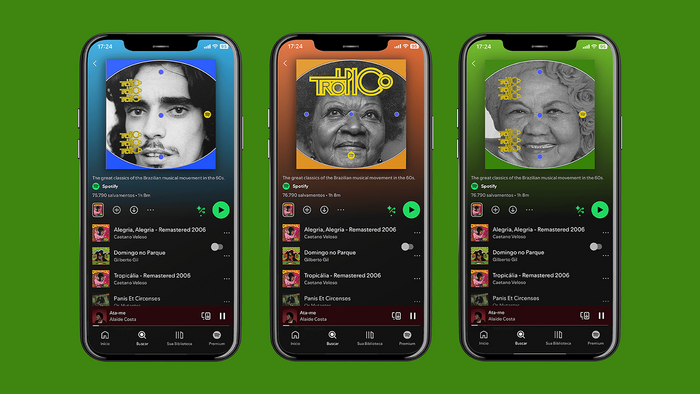
Source: www.behance.net JOZÁ. License: All Rights Reserved.
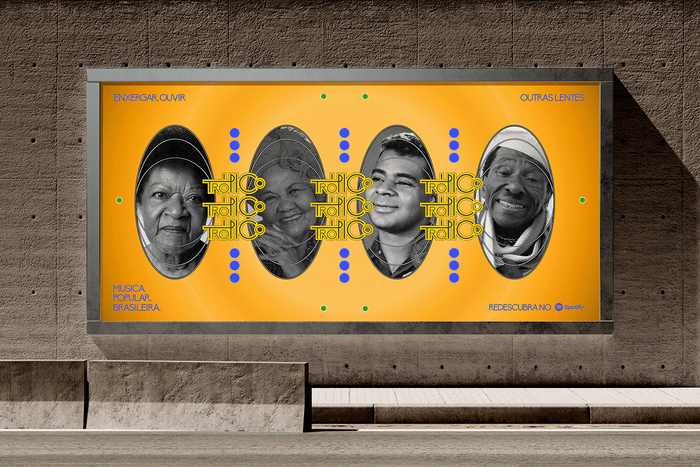
Source: www.behance.net JOZÁ. License: All Rights Reserved.
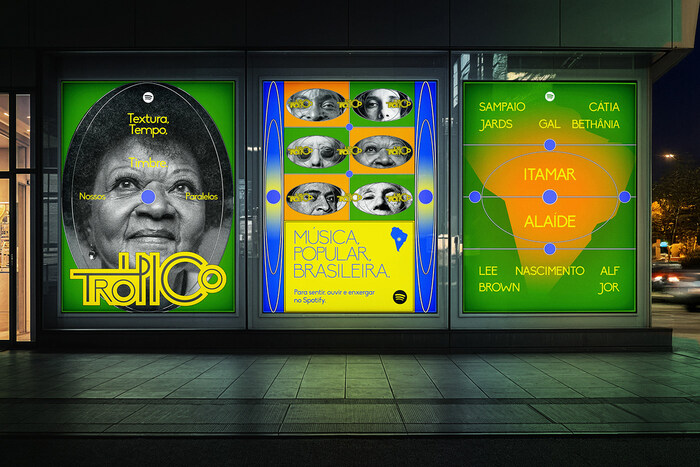
Source: www.behance.net JOZÁ. License: All Rights Reserved.
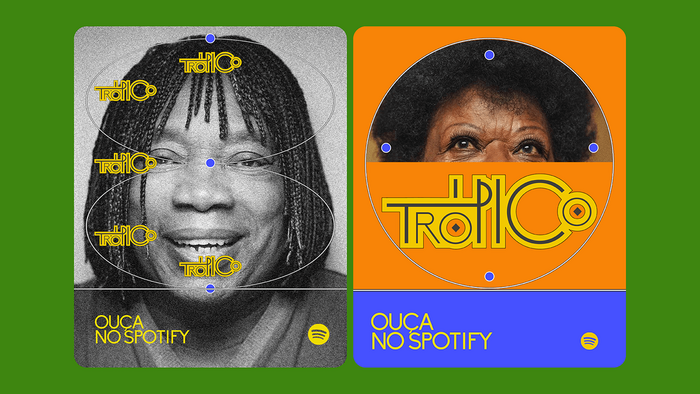
Source: www.behance.net JOZÁ. License: All Rights Reserved.
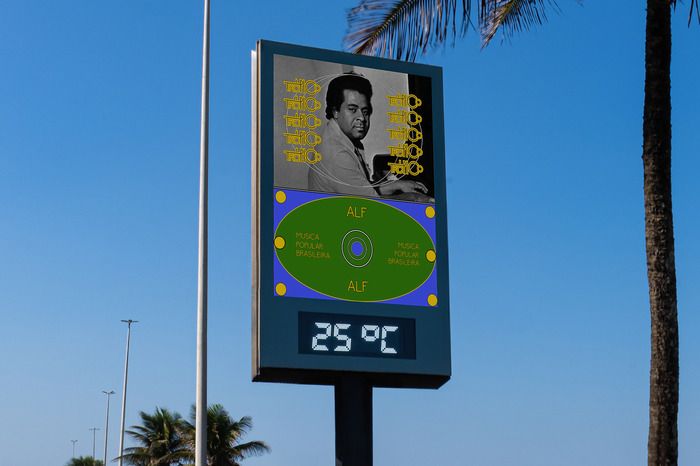
Source: www.behance.net JOZÁ. License: All Rights Reserved.
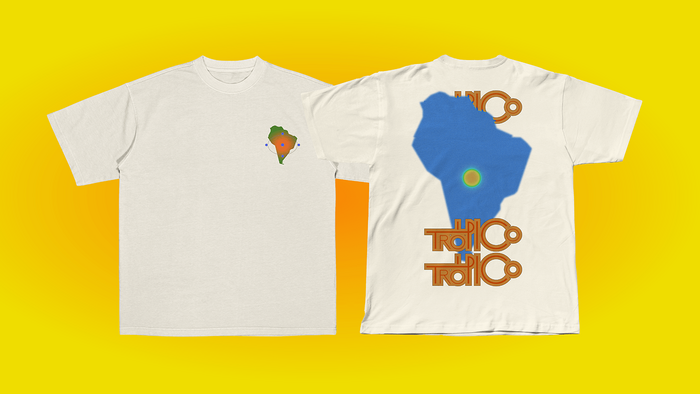
Source: www.behance.net JOZÁ. License: All Rights Reserved.
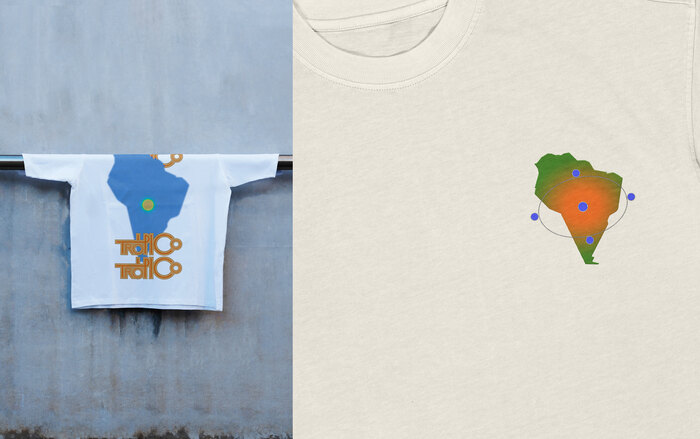
Source: www.behance.net JOZÁ. License: All Rights Reserved.
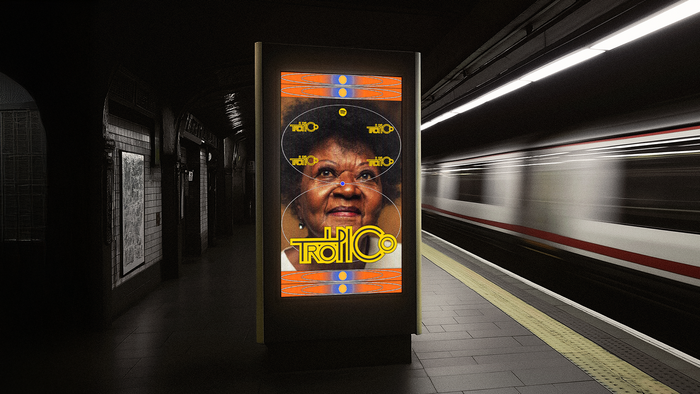
Source: www.behance.net JOZÁ. License: All Rights Reserved.
This post was originally published at Fonts In Use